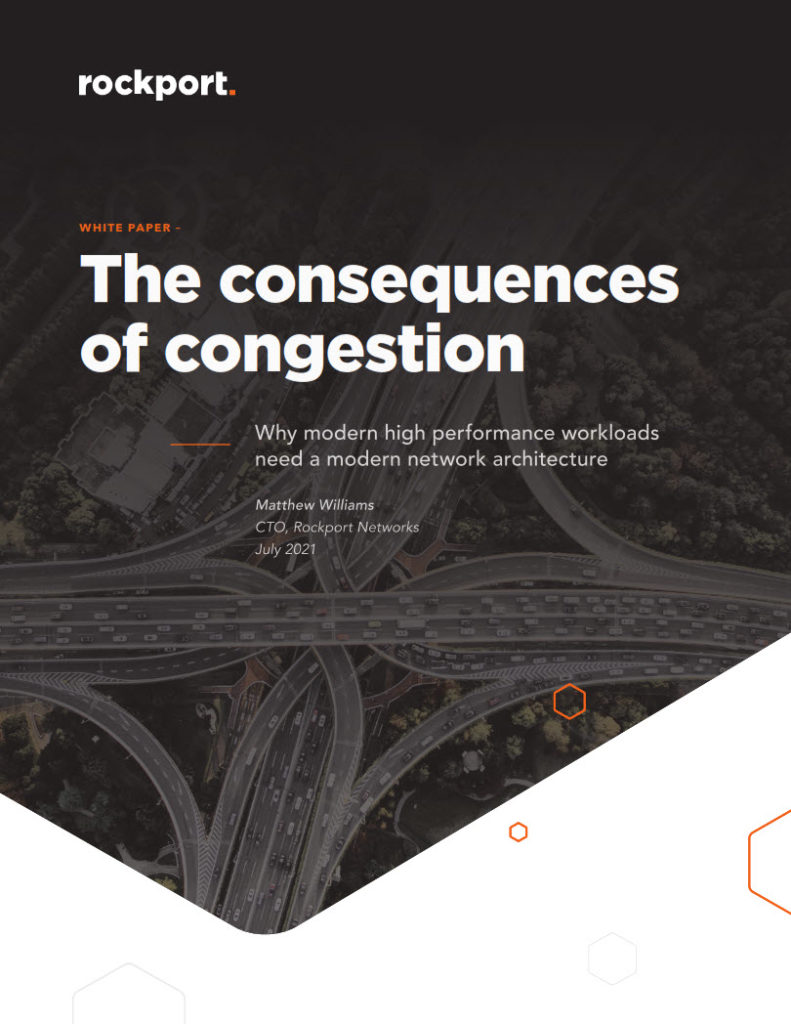
Intel’s Raj Hazra addresses the crowd in a special session at ISC 2017.
In this video from ISC 2017, Raj Hazra, Corporate Vice President and General Manager of the Enterprise and Government Group at Intel, discusses key trends impacting the future growth of High Performance Computing. He focuses on the opportunities of enabling HPC in the cloud, and how this drives the need for a consistent platform that bridges the worlds of dedicated supercomputers and hyperscale cloud service providers.
The accelerating growth of the world’s data combined with the diversity of new digital services and business models is demanding new ways to extract insight from information – leading to a blurring of traditional High Performance Computing with data analytics and emerging artificial intelligence models. Commercial, government and academic users all face similar dilemmas: how to scale computing resources in this new paradigm, how to democratize tools and access, how to simplify and future proof solution decisions and how to fit within resource constraints. Intel continues to advance state-of-the-art technologies for enabling complex workloads to scale and generate more answers to the world’s most challenging questions, quickly and efficiently.
“With the shift in market dynamics and rise of diverse workloads, there is a need to increase performance and scalability for HPC systems. Intel is addressing this demand with the next generation Intel Xeon Scalable Processor that delivers impressive performance to accelerate HPC applications.”
This new processor represents a significant leap forward in performance and efficiency that unlocks scalable performance for a broad range of HPC systems from the smallest clusters to the world’s largest supercomputers. The new processor offers a boost to performance for demanding workloads by incorporating Intel Advanced Vector Extensions 512 (Intel AVX-512). With Intel AVX-512, the Intel Xeon Scalable Processor can deliver up to twice the amount of flops per clock-cycle peak compared to the previous generation¹, boosting performance for demanding computational workloads in HPC applications such as modeling and simulation, data analytics, machine learning, and visualization. Intel AVX-512, combined with improvements in cores, cache and memory, delivers up to 2.27x more performance than today’s Intel Xeon processor E5 (formerly codenamed Broadwell), and an increase of up to 8.2x more double precision GFLOPS/sec when compared to a four-year old Intel Xeon processor E5 family in the installed base (formerly codenamed Sandy Bridge). Intel is already seeing use in some early Top500 systems, three were included in the June 2017 Top500 list.
The next generation Intel Xeon Scalable Processor also integrates the Intel Omni-Path Architecture (Intel OPA), an end-to-end fabric solution designed and optimized for HPC, offering high MPI message rate, low latency and high bandwidth performance. The combination of the new Intel Xeon Scalable Processor with Intel OPA will enable supercomputers to achieve greater performance and cost-effective scaling to extremely large node counts. When deployed with the new Intel Xeon platform, Intel OPA offers the added benefit of a fabric that is integrated with the processor, which improves density and helps optimize platform costs.




